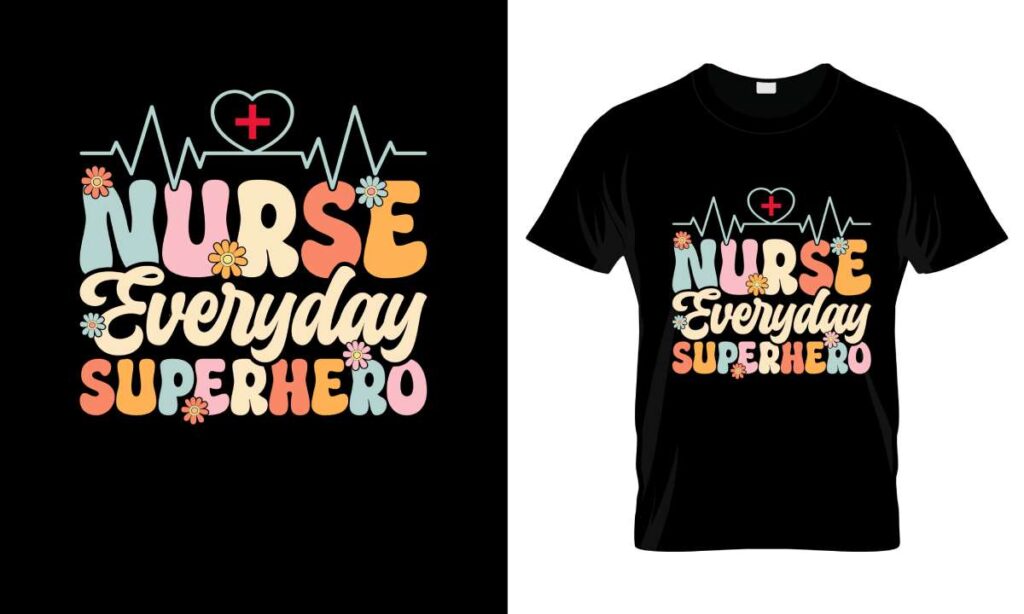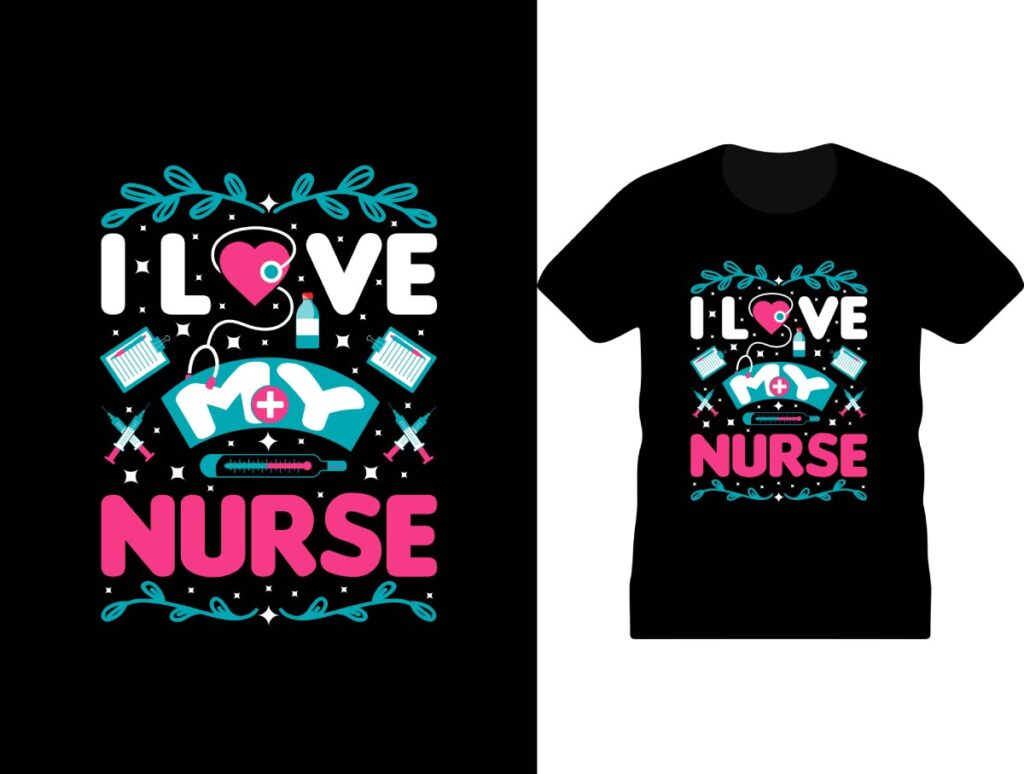DTF printing, short for Direct to Film printing, has rapidly become a revolutionary technique in the realm of textile printing, allowing both hobbyists and professionals to infuse their creations with vibrant colors and intricate designs. This innovative process uses a specialized film to transfer stunning graphics onto various fabrics, making it an ideal choice for custom apparel enthusiasts. If you’re wondering how to start DTF printing, this guide will cover the essential equipment you’ll need, the DTF printing process itself, and best practices to ensure high-quality results. From understanding what DTF printing for beginners entails to honing your skills, you’ll find everything necessary to embark on this exciting journey. Get ready to explore a world where your imagination can flourish and take your textile projects to the next level.
The process of transferring images directly onto fabric, often referred to as film printing or fabric transfer techniques, has gained traction among creative minds seeking to custom-print items efficiently. This method, which harnesses the power of special films and heat forces, allows for remarkable detailing and vibrant color reproduction, making it a preferred choice in the textile industry. If you are eager to learn how to begin with this technique, understanding the necessary materials and following the correct procedures will be essential. Additionally, exploring alternative methods of fabric decoration, including heat transfer or inkjet printing, can provide a wider perspective on your options. With the right guidance, mastering any type of fabric printing can lead to impressive, professional-quality results on garments and textiles alike.
Introduction to DTF Printing for Beginners
DTF printing, short for Direct to Film printing, has quickly gained popularity among those looking to create vibrant, high-quality designs on textiles. As an innovative approach in the printing industry, it allows for intricate details and vivid colors that are not easily achievable with traditional printing methods. For beginners venturing into DTF printing, it’s essential to understand the core principles behind this technique, including how it flows smoothly from concept to finished product.
This beginner’s guide will explore various aspects of DTF printing, including key equipment requirements, the step-by-step process, and tips for best practices. With the right foundational knowledge and equipment, new enthusiasts can confidently explore this dynamic printing method and unleash creative potential through custom designs.
Essential Equipment for DTF Printing Success
Before diving into the world of DTF printing, acquiring the right equipment is crucial for effective results. The primary pieces of equipment include a specialized DTF printer, high-quality transfer films, vibrant water-based inks, and a robust heat press. The DTF printer is specifically designed to work with DTF transfer films, ensuring that designs are printed accurately and in high resolution.
Additionally, investing in top-notch adhesive powder is vital to secure the ink to the fabric once the transfer is applied. This setup ensures that the designs are not only visually radiant but also durable over time, providing an exceptional product for customers or personal projects. By equipping yourself with the best tools, you lay the groundwork for successful DTF printing endeavors.
Understanding the DTF Printing Process
The DTF printing process is relatively straightforward yet precise. It begins with designing artwork tailored for DTF printing, often created using graphic design software. Once the design is finalized, the next step involves printing it onto a special DTF transfer film, which is essential for achieving the desired color vibrancy and detail. Understanding printer settings is critical here, as optimal settings can significantly enhance the print quality.
Following the printing stage, the printed film requires an application of adhesive powder, which must be cured before the final heat transfer to fabric. This curing process melds the powder and ink together to create a strong bond, ensuring longevity. Finally, using a heat press, the film can be applied to the chosen fabric, effectively bringing the design to life. Each step in the DTF printing process plays a key role in achieving professional-grade results.
Tips for Best Practices in DTF Printing
To maximize the quality of your DTF printing projects, adhering to best practices is essential. First, maintaining a clean and organized workspace minimizes the risk of contamination, which can affect print quality. Regular maintenance of your printer—such as cleaning the print heads—ensures smooth operation and helps avoid problems such as ink clogs that can detract from your results.
Conducting test prints on scrap fabrics before launching full projects is another important practice for beginners. This allows you to calibrate printer settings, evaluate ink adhesion, and make adjustments as needed without wasting materials. By learning and implementing these best practices, you can significantly improve the outcomes of your DTF printing projects.
Additionally, engaging with community forums online can provide insights into the challenges faced by others and the solutions they found. This collaborative learning environment can be indispensable for newcomers as they navigate the nuances of DTF printing.
Cost Considerations When Starting DTF Printing
While the initial investment for DTF printing equipment can be significant, understanding the long-term cost benefits is vital. Equipment prices vary based on brand and quality. A reliable DTF printer and heat press are essential, and it’s wise to seek options that provide a balance between affordability and performance.
Moreover, the overall cost efficiency of DTF printing can be favorable, especially for small batch runs. The print quality and durability may ultimately save money on refunds and reprints due to high customer satisfaction. Therefore, while the starting costs might raise some eyebrows, many newcomers find that DTF printing quickly becomes a profitable venture when approached strategically.
Exploring Further Resources for DTF Printing Knowledge
As DTF printing continues to evolve, staying informed about the latest techniques, tools, and trends is crucial for anyone looking to excel in this craft. Online tutorials on platforms like YouTube are plentiful, providing valuable insights into the DTF printing process, troubleshooting common issues, and sharing tips from seasoned professionals.
Additionally, blogs and articles from reliable resources such as Printful and MerchInformant offer in-depth explorations of specific DTF printing topics. Engaging in community forums allows you to connect with other DTF enthusiasts to share experiences, ideas, and challenges encountered along the way. Embracing these resources can significantly enhance your DTF printing skill set, helping you to achieve even greater creative outcomes.
Frequently Asked Questions
What is DTF printing for beginners?
DTF printing, or Direct to Film printing, is a method that uses a specialized film to transfer designs onto textiles, such as t-shirts and hoodies. Ideal for beginners, it allows for vibrant, high-quality graphic prints with ease. The process involves a DTF printer, special DTF films, water-based inks, adhesive powder, and a heat press.
How do I start DTF printing?
To start DTF printing, first gather essential equipment: a DTF printer, transfer films, pigment-based inks, adhesive powder, and a heat press. Next, design your artwork, print it onto the film, apply adhesive, cure it, and then use the heat press to transfer designs onto your fabric.
What equipment is needed for DTF printing?
Essential DTF printing equipment includes a specialized DTF printer (like those from Epson), high-quality DTF films, water-based inks, adhesive powder, and a reliable heat press to complete the transfer process.
Can I use any fabric for DTF printing?
While DTF printing can be used on a variety of fabrics, it’s best to start with 100% cotton or polyester for optimal results. These fabrics interact well with the inks and adhesive used in the DTF printing process, leading to better-quality outputs.
What are the best practices for DTF printing?
To achieve the best results in DTF printing, maintain a clean workspace to prevent dust contamination, ensure regular cleaning of your printer to avoid clogs, and conduct test prints on scrap fabric to fine-tune printer settings before moving to larger projects.
How cost-effective is the DTF printing process?
The DTF printing process can be quite cost-effective in the long run, particularly for small batch runs. Although there is an initial investment for equipment like printers and heat presses, the cost per print decreases with volume, making it a viable option for custom apparel businesses.
| Key Points | Details | |
|---|---|---|
| What is DTF Printing? | A printing technique using a specialized film to transfer designs onto textiles like t-shirts and hoodies. | |
| Benefits of DTF Printing | 1. Flexibility in material use (cotton, polyester, blends). 2. Cost-effective for small batch runs. 3. Produces bright, detailed prints. |
|
| Essential Equipment | 1. Specialized DTF printer (e.g., Epson, Mutoh). 2. DTF films for printing. 3. Water-based inks with high pigment concentration. 4. Adhesive powder for ink adhesion. 5. Heat press for transfer. |
|
| Steps to Start DTF Printing | 1. Design Preparation using graphic software. 2. Print the design on transfer film. 3. Apply adhesive powder. 4. Cure the print. 5. Heat transfer onto fabric. |
|
| Best Practices | – Maintain a clean workspace. – Regularly service and clean your printer. – Conduct test prints on scrap fabric. |
|
| Cost Considerations | Initial investment includes printer, heat press, inks, and adhesive powders. Varies by brand and quality. | |
| Further Learning Resources | – Online tutorials (YouTube). – Blogs like Printful and MerchInformant. – Community forums for engagement with other enthusiasts. |
|
Summary
DTF printing is an innovative printing method that enables the application of vibrant and intricate designs on various textiles. By utilizing direct-to-film technology, this process allows for high-quality, durable prints on a wide range of materials, making it highly appealing for both hobbyists and professionals alike. With the right equipment and a systematic approach, anyone can dive into DTF printing and unlock a world of creative possibilities. Whether you are looking to create custom apparel for personal use or venture into a business, DTF printing offers an exciting way to express your artistic ideas.



